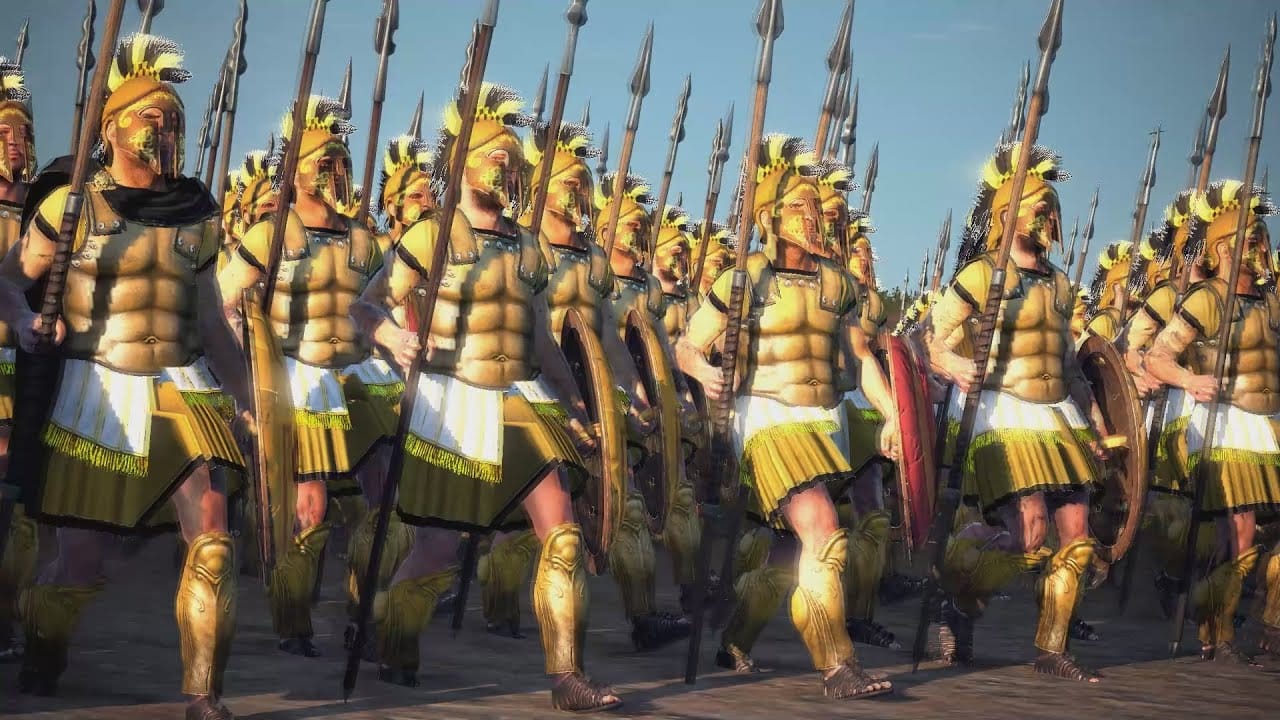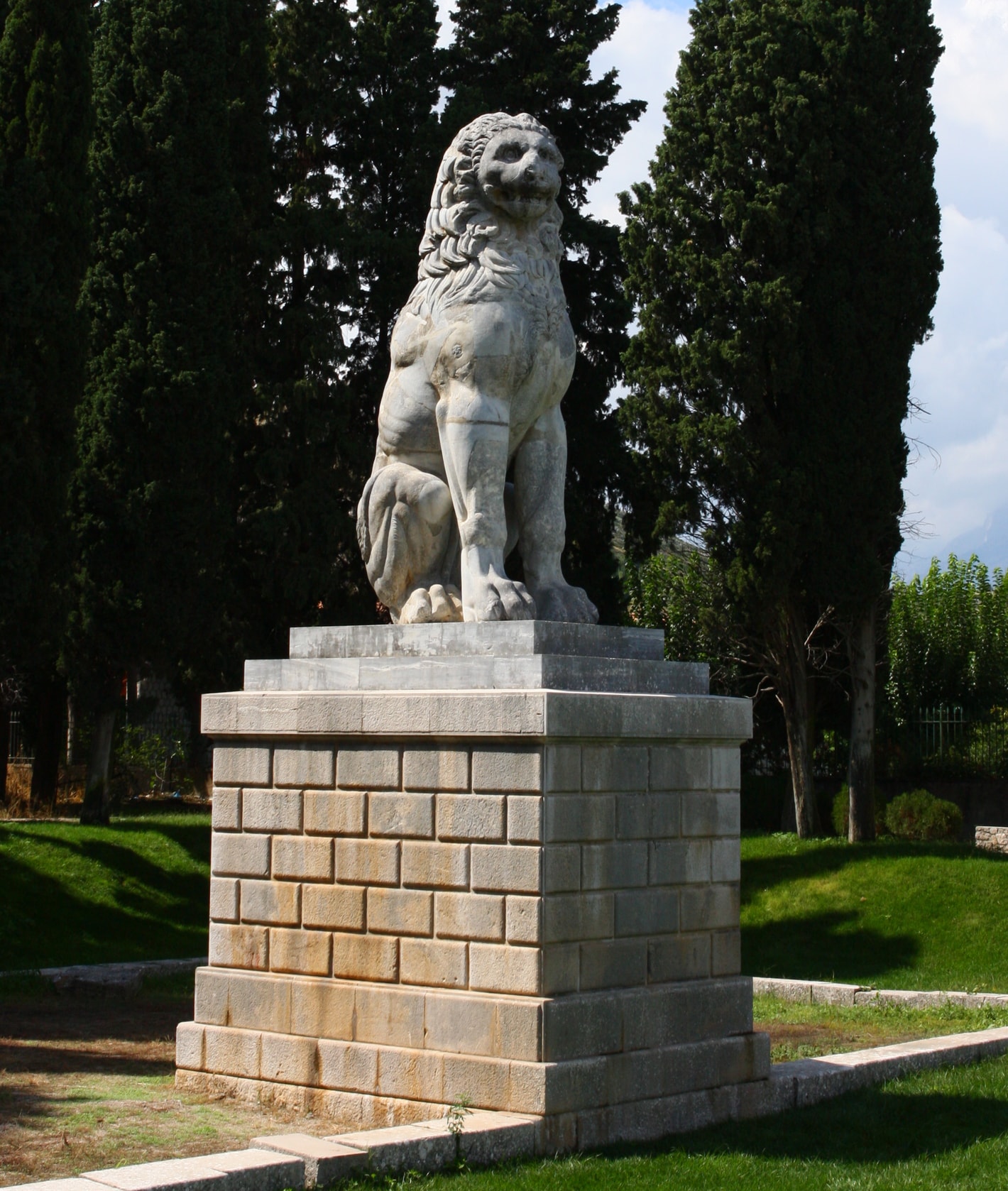
ADVERTISEMENT - CONTINUE READING BELOW
29. The Elite Gay Military Unit That Walloped the Spartans
It is unclear when exactly Thebes’ Sacred Band was formed, but the most widely accepted date is sometime around 379 BC. The logic behind the use of gay couples to form an elite unit was that its members, devoted to each other, would fight ferociously to protect their lovers and avoid dishonor or cowardice in their presence. They were spread out along the front ranks of the phalanx, or concentrated into a shock unit. The Sacred Band lived up to expectations, and spearheaded a series of Theban victories that shattered Sparta’s power and the myth of Spartan invincibility. For decades, Thebes’ gay warriors were acknowledged as Ancient Greece’s most elite fighters. Their run of success finally came to an end at the Battle of Chaeronea, 338. There, Thebes was decisively defeated by Philip II of Macedon and his son Alexander.

ADVERTISEMENT - CONTINUE READING BELOW
True to its fierce reputation, the Sacred Band refused to surrender and fought to the last man until all its members were gone. The Thebans eventually erected a statue of a huge lion, nearly 13 feet tall, at Chaeronea to honor those who fell in the battle. Its presence was attested to by various ancient historians, but then it vanished. It was eventually rediscovered, broken and buried near the village of Chaeronea, in the nineteenth century. Further excavations revealed that the monument stood at the edge of an enclosure, in which were buried the bodies of 254 men, laid out neatly in seven rows. They were the remains of Thebes’ Sacred Band. The statue was eventually pieced back together in 1902, and today, the Lion of Chaeronea can be seen near the site of the heroic last stand of the ancient world’s famous gay unit.

